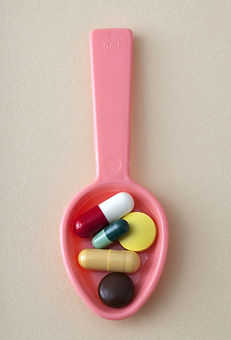Pharmaceutical and Clinical
Techniques > TLC and HPTLC > Pharmaceutical and Clinical
TLC is already a popular qualitative technique for substance identification within the pharmaceutical quality control industry. However, with HPTLC it is now possible to complete quantitative analysis too. Identification of API, content assay, content uniformity, stability and related substances and impurities can all be tested using HPTLC. These tests are most commonly performed using HPLC, however HPTLC has specific advantages in this industry.
In the case of Content Uniformity Testing, which requires at least 10 doses per batch to be analysed, with HPTLC it is possible to run a large number of samples on one HPTLC plate which will significantly reduce analysis time and therefore reduce costs. CAMAG have developed a method to analyse as many as 6 batches (of 10 capsules per batch) and standards on a single HPTLC plate all with a total analysis time under 90 minutes.
For Related Substance testing, HPTLC allows you to see every substance in your product separated on the plate. You are able to carry out multiple evaluations on one plate and quantify individual substances using the TLC Scanner, so you are not limited to a single detection wavelength per analysis. The visionCATS software now has an added tool to support the Related Substance data evaluation process, it also has the facility to be set up to be fully 21 CFR part 11 compliant for FDA regulations. After your evaluation is complete, it is also possible to further investigate unknown impurities or compounds of interest by eluting them from the plate using the TLC-MS Interface and then directly transfer them to a coupled mass spectrometer.
HPTLC also offers an inexpensive and time-saving procedure for in-process control and cleaning validation at API production units. For maximum efficiency short change-over times between different products in the same production unit are essential. HPTLC provides short analysis times with several samples analysed simultaneously and often without sample preparation.
Visit the CAMAG website for an extensive list of HPTLC application notes!

